Lab Overview

-
Spacecraft proximity maneuver kinematics and dynamics testbed
-
Workspace: 9.4 m × 9.7 m × 2.7 m
-
Maneuver Kinematics Simulator
-
Integrated Flat-Floor Motion Dynamics Testbed
-
High-Precision Air-Bearing Table
-
-
Orbital lighting simulation
-
Real-time object tracking using OptiTrack system
-
Control Room with space dedicated to prototype system operators
-
Hardware integration and storage spaces
-
All lab components interconnected by WiFi
-
Network ports for remote connectivity available
Spacecraft Kinematics and Dynamics Testbed




Maneuver Kinematics Simulator
-
Planar, gantry-based simulator for relative orbital dynamics between two spacecraft.
-
Combination of motion table and pan-tilt mechanisms enable simulation of 3D viewing conditions.
-
Workspace: 5.5 m x 3.5 m
-
Pan-tilt mechanisms for test articles of up to 20 kg, supplied with 120 V AC and Ethernet.
-
Pan-tilt heads can be removed to support other mechanisms, such as robotic manipulators.
-
Enables sensor testing, GNC law verification, teleoperation experiments, etc.
-
Total 6 degrees of freedom.
Maneuver Dynamics Simulators
-
Two air-bearing motion dynamics testbeds enable experiments of spacecraft maneuver dynamics and contact dynamics.

-
5.9 m x 3.6 m acrylic flat floor within the frames of the Maneuver Kinematics Simulator.
-
Enables coordinated use of gantry mechanism with air-bearing vehicles for kinematics/dynamics experiments such as robotic capture of debris objects.

-
3.6 m x 1.8 m tempered glass plate on optical bench with pneumatic vibration isolators.
-
Enables experiments in contact dynamics, spacecraft controls, formation flight, docking/capture, etc.
Planar Air-Bearing Vehicles

Chaser and Target Air-Bearing Vehicles (ABV)
-
Planar air-bearing vehicles (ABV) for formation flight and docking / capture experiments
-
On-board computer: Intel i5
-
Aluminum frame allows easy attachment of capture tools, docking interfaces, sensors, robot manipulators, etc.

Custom N2 thrusters
-
Propulsion: Custom Thrusters using compressed N2
-
Endurance: ~20 minutes

Custom Reaction Wheel
-
Propulsion: Custom Thrusters using compressed N2
Lighting Simulation
-
Hilio D12 LED high-intensity light panel used to simulate orbital lighting conditions
-
Light panel is daylight balanced
-
Equivalent to 2000 W incandescent light
-
Intensity sufficient to oversaturate dynamic range of cameras, produce stark light/shadow differences, and blind laser range finders.
-
Lens inserts used to change the beam angle between 15° and 60°.



OptiTrack System
-
12-camera OptiTrack Prime 17W system tracks objects within the ORION Lab with sub-millimeter and sub-degree accuracy
-
Objects are defined by four infrared reflectors
-
Real-time streaming of tracking data on the lab network
-
Used in closed-loop control of the Maneuver Kinematics Simulator
-
For formation flight and docking experiments, OptiTrack can be used as stand-in for relative navigation sensors
-
For sensor testing, the OptiTrack data serves as ground truth


Control Station
-
ORION Control Room has a control station for the testbed and multiple workstations for equipment operators and test engineers
-
Teleoperation console equipped with multiple input devices to support experiments in the teleoperation of ground, air, and space robots and vehicles.
-
Operator at teleoperation console do not have direct sight of the testbed and all video and telemetry channels can feature artificial time delays.

Control Station

Teleoperation Console
Cooperative Point Cloud Processing
-
Use of multiple swarm satellites equipped with 3D cameras (stereoscopic / time-offlight) to produce point-cloud model of resident space object.
-
Point cloud will be processed to:
-
Characterize target motion (tumbling axis and rates)
-
Map geometry of target
-
Identify surface features for capture, servicing, neutralization, etc.
-
-
Capability enables swarms of small satellites to inspect, characterize, safely approach and engage non-cooperative resident space object.
-
Applications :
-
On-orbit servicing
-
Debris removal
-
Inspection
-
Protection and defense
-


